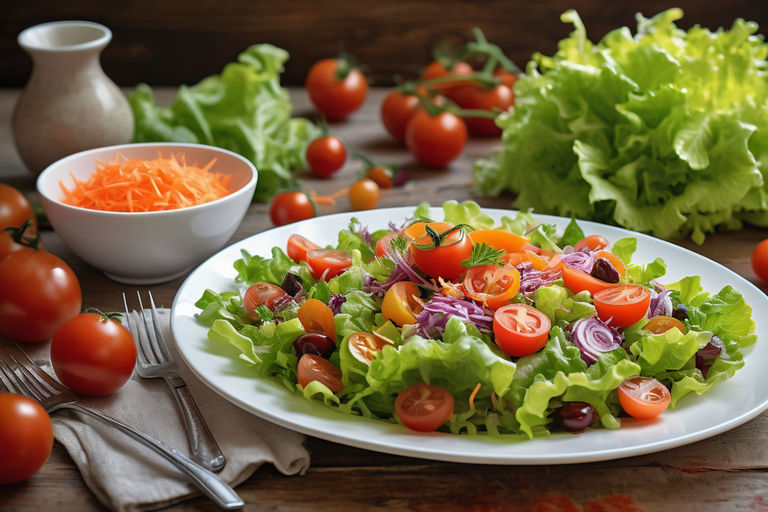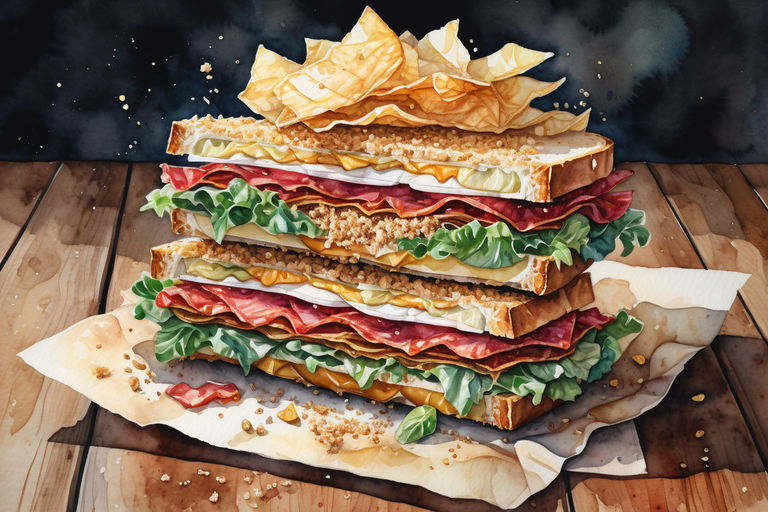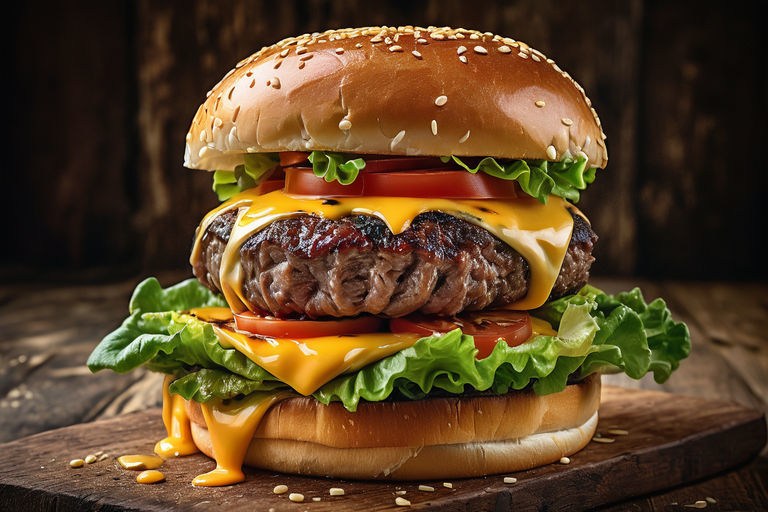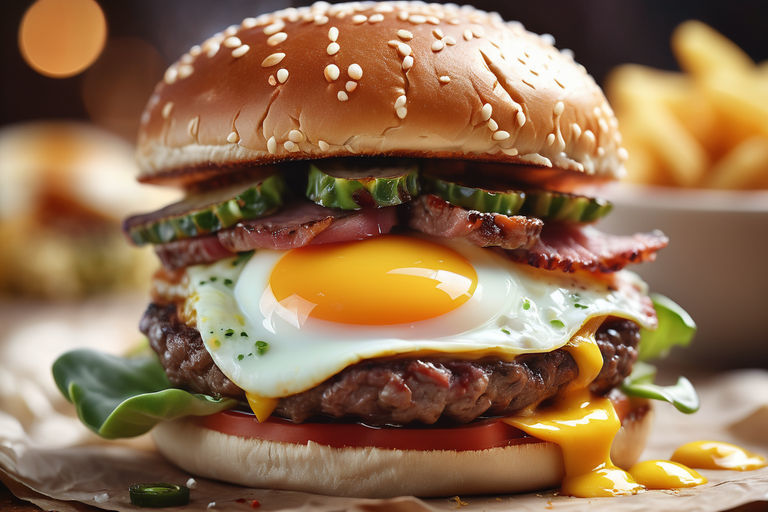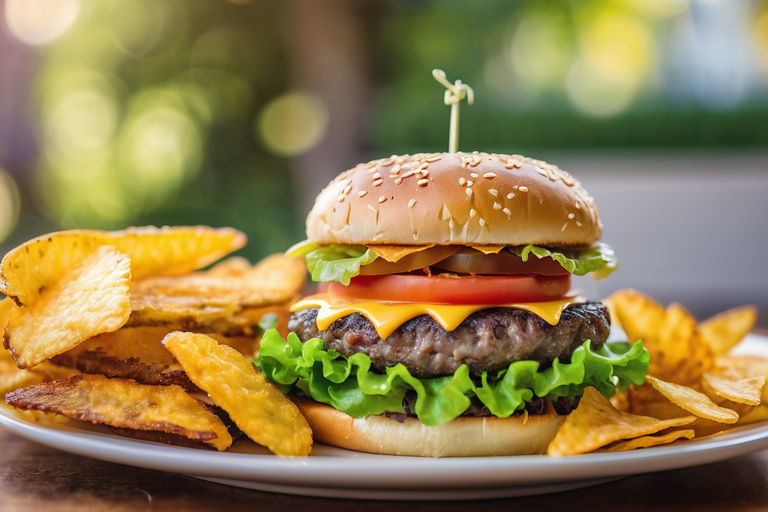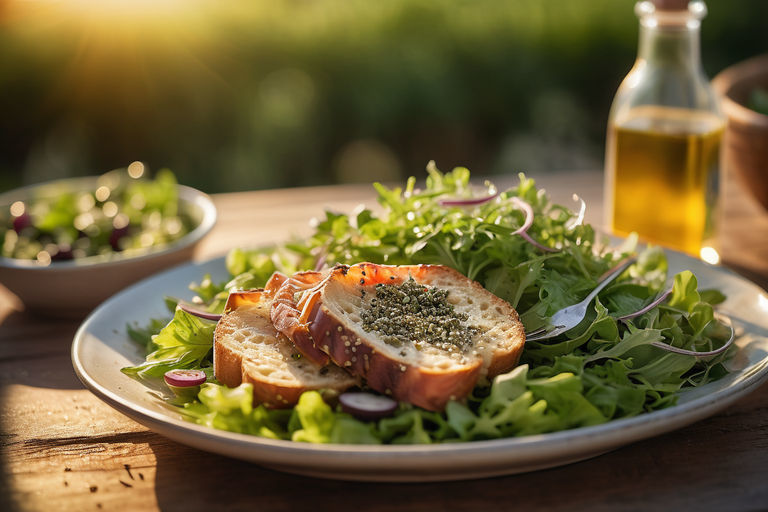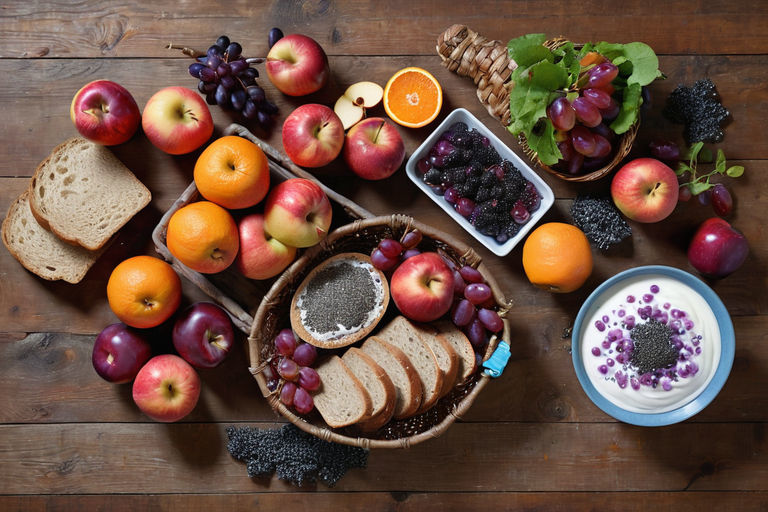Fast food restaurants are everywhere. It's hard to drive down the street without seeing at least one person. Many people live busy lives with long work hours, long commutes and busy family lives. It's no wonder that one in four Americans eat fast food every day.[1] If you must stop at a fast food restaurant for a quick meal, here are some ways to make better choices. Incorporating some healthy eating tips will help you make better low-calorie meal choices at your fast food restaurant..
I. Making Better Entree Choices
1. Choose a meal for the children. The easiest tip to start implementing when ordering fast food is to prepare meals for the kids. These snacks are an easy way to eat smaller portions and fewer calories.
- Choosing meals for children can save 200 to 300 calories. And don't miss the "good stuff." Most children's meals offer the same items as the standard menu options. Many fast food restaurants offer sides or small items..
- You can also choose from small sandwiches. Ordering a "double patty" or "triple patty" has two or three times the calories of a single bag of empanadas.
- Also, skip the option of eating more or "bulking". While that may sound like a lot, all it does is add more calories and fat to your overall diet.
2. Go with the salad option. Many fast food restaurants now serve a wide variety of items in addition to the traditional burger and fries. Salads are a newer option that may provide additional nourishment while saving you calories.
- Salads are an excellent choice because they contain a dish or two of vegetables, which are inherently low in calories.
- Watch out for high-calorie toppings and condiments. Bacon bits, cheese, croutons, and fried protein (such as fried chicken) can all contribute to a high calorie intake. Read the nutrition labels (if available) to determine whether a salad is a healthier option.
- Choose salads with grilled protein, a low-fat dressing on the side, and plenty of fresh vegetables.
- Try a snack wrap. Many eateries now serve tiny wraps with grilled chicken within. They are low in calories (about 300) and tiny, making them ideal for portion control.
- Most fast food establishments sell chicken nuggets. A 4- or 6-piece order has around 200 calories. Some restaurants also serve grilled nuggets, which have even fewer calories.
- Stick with a plain hamburger or cheeseburger. When you don't have numerous patties or toppings, these sandwiches are reasonably low in calories, approximately 300.
- If you have the chance, make half a sandwich instead of a whole one and serve it with a side salad or a piece of fruit. Ask for whole wheat bread if it is available.
- If you're ordering a sub, opt for whole grain bread and request that it be "lower carb" by scooping out some of the doughy part.
- Divide your meal into two or three smaller servings and take some home to consume the next day.
4. Opt for grilled over fried. Another simple approach to instantly make a fast food meal a little healthier is to choose grilled or baked things over fried items.
- Studies have shown that fried foods are not only higher in calories and fat, but they can also enhance your risk of heart disease and type 2 diabetes if eaten frequently.
- Grilled sandwiches can save you between 100 and 200 calories. Instead of fried chicken, try grilled chicken.
- Breakfast sandwiches and wraps should be simple. Stick to eggs, cheese, and a lean protein such as ham or Canadian bacon. Alternatively, select a sandwich made entirely of egg whites. Avoid sandwiches made with croissants, bagels, sausage, or bacon.
- Oatmeal is another excellent breakfast choice accessible right now. Watch out for additional brown sugar, although a few nuts or dried fruit are fine.
- If you want something cold, consider fruit and yogurt parfaits. These include some protein and fiber and make an excellent breakfast alternative.
II. Picking Out Healthier Fast Food Sides
- Sugary drinks are linked to several chronic diseases, including type 2 diabetes, heart disease, and stroke.
- Avoid ordinary sodas, diet sodas, sweetened juice drinks, teas, coffee drinks, smoothies, milkshakes, and chocolate milk.
- Instead of these high-calorie beverages, choose low- or no-calorie liquids. Water is usually a good option, but you can also drink unsweetened tea or iced coffee. Some of them may contain artificial sweeteners, but they have few or no calories.
- Drinking artificially sweetened beverages will satisfy your sweet tooth, but will not assist you curb it. To lessen your desire for sugary beverages, choose unsweetened options like coffee and tea, sweeten them yourself, and gradually lower the amount of sweetener.
2. Keep things simple. Many fast food dishes, particularly the main entree, can be heavy in calories due to the various delectable toppings that are added. Simpler or plainer products typically have less calories.
- For example, a simple fast food single patty cheeseburger contains approximately 300 calories. A bacon club cheeseburger contains approximately 700 calories, so try to choose a food with less or no calories.
- Customize your food as needed. If you see an item you like to order and realize it includes a lot of extra toppings or condiments, request that these be served on the side or not at all.
- Skip the high-fat condiments such as mayonnaise, honey mustard, BBQ sauce, and "special" sauces. Instead, use yellow mustard, spicy sauce, salsa, horseradish, and vinegar for a considerably lower-calorie topping.
- The first step is to order a size small. This is especially true if you order fried foods or high-calorie sides. Choosing a small order of fries or onion rings will help you save a few hundred calories.
- Many restaurants now serve fruit as a side. If you have the opportunity, choose apple slices, a banana, or a small fruit cup.
- You may also want to order a side salad. This can let you eat more vegetables with less calories. Just use low-fat dressing on the side.
- If you are willing to order a different side, choose something low in calories and not fried. For example, pick roasted potatoes over fries. Use a moderate amount of butter and sour cream. However, this baked version contains fewer calories and fat than the fries.
4. Pick a better dessert. If you're desiring something sweet after your meal, make sure it's not too rich in calories or fat.
- Opt between mini or individual desserts. Cake pops, little parfaits, and mini biscuits are excellent options for enjoying a pre-portioned sweet treat.
- Also, choose smalls. A small soft serve or milk shake always contains the fewest calories.
- When ordering ice cream, opt for a cup instead of a cone and skip the hot fudge or caramel. A few rainbow sprinkles are a great low-calorie option.
- Bring your own dessert from home. You may bring some fruit or a low-calorie cookie pack. Dessert planning can help you minimize your calorie intake while also saving money.
III. Eating Fast Food and Maintaining a Healthy Lifestyle
- If you skip meals or snacks, or arrive at a dinner too hungry, you are more likely to overeat and make bad eating choices. This is hazardous if you know you are headed to a fast food restaurant.
- If you need it, eat a snack approximately two hours before hitting the drive-through. Keep it simple and small, just enough to keep you from growing too hungry. A piece of fruit, a small yogurt, a hard-boiled egg, or a protein bar are all excellent choices.
- Avoid attempting to save calories by skipping meals, snacking, or eating less to compensate for a higher calorie fast food meal.
- Store meals and snacks at home. These will help to satisfy your appetite and limit your desire to consume something from a fast food restaurant.
- If you don't plan on eating fast food, you're more likely to swing by on a whim or when you're extremely hungry.
- Instead, prepare to eat fast food on occasion. When you plan for it, you are preparing yourself ahead of time, which may allow you to make healthier restaurant choices.
- Take a peek at the menu before you go. Consider what you are interested in and which solutions are the healthiest. Most fast food businesses now provide menus and nutritional information online.
- You may also wish to evaluate several restaurants to choose which will provide you with the healthiest and most pleasurable supper.
- Don't think that one "slip-up" or unhealthy lunch will spoil your entire day. You still have several food options during the day to choose something nutritious for your body.
- Don't worry if you were late for work and had breakfast in the drive-through. Make healthful choices for lunch, your afternoon snack, and dinner.
- Aim for around 2 1/2 hours of moderate-intensity cardio activity each week. Walking, jogging, swimming, and dancing are excellent ways to maintain your weight (even after an odd fast food meal).
- If you ended up eating at a fast food restaurant or were unable to eat as healthily as you would have liked, do something to help burn off the excess calories, such as going for a walk or staying at the gym for a little longer than usual.
- Although you can't "work off" a whole fast food lunch at the gym, doing something healthy and nice for yourself is a fantastic habit to maintain.
- According to studies, cooking the majority of your meals at home reduces your overall caloric intake. This is because you have control over which components you use and how much of particular foods you consume.
- Think about your favorite fast food meals and see if you can make them at home with fewer calories and fat. Consider exploring recipes online or looking for cookbooks that have healthier alternatives of these items.
- Consider cooking baked chicken nuggets at home instead of ordering them at a restaurant. If you enjoy burgers, try baking turkey burgers at home on a whole wheat bun.
[END]

